VietGAP initially shows effectiveness
In order to achieve the goal of converting crop structure associated with commodity production, The Duc commune identified pear trees as one of the endemic crops with potential for economic development. In 2019, with the support of the state, The Duc commune implemented a pear tree development project with 159 participating households. To date, the commune has 180 households growing more than 12 hectares of pear trees of the following varieties: Golden pear, VH6, of which nearly 7.5 hectares have been harvested, with an average annual yield of 16 tons of fruit/ha, and an output of nearly 120 tons.
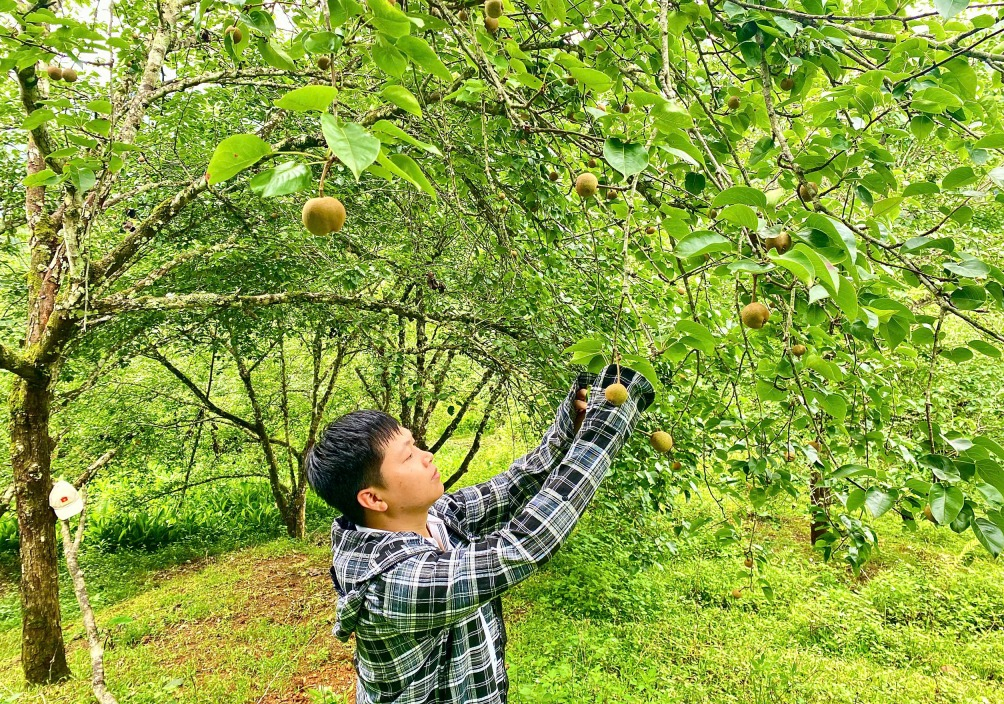
According to Ms. Hoang Thi Lan, a civil servant of land administration, agriculture - construction and environment of The Duc commune, in order to develop clean, safe, environmentally friendly production and improve the productivity, quality and value of pear products, the commune has built 2 pear growing models meeting VietGAP standards. Compared to traditional pear growing, the growing model according to VietGAP standards gives much higher productivity, quality, product value and better consumption of products. Ms. Dang Mui Ghen's household, Nam Booc hamlet, The Duc commune, has planted nearly 100 yellow pear trees on an area of over 0.3 hectares since 2005. In 2023, with support from the State, after being trained in cultivation techniques, plant care, and the proper use of fertilizers and pesticides according to VietGAP standards, Ms. Ghen has applied them to her family's pear garden. Mrs. Ghen's family's pear products have been certified by VietGAP, have a growing area code, and traceability of product origin. "Thanks to compliance with production techniques according to VietGAP processes, the family's pear garden has outstanding productivity, improved fruit quality, and much higher economic value. With nearly 100 pear trees, my family harvests an average of nearly 3 tons of fruit/year, selling prices from 50 - 80 thousand VND/kg depending on the type, earning an income of 150 million to more than 200 million VND/year. Because the pear products are certified by VietGAP, have traceability, so they are trusted by customers, who come to the garden to order. My family is confident in producing according to the VietGAP model" - Mrs. Ghen excitedly said.
The application of the model of planting trees according to VietGAP standards has brought positive results. Thanh Cong commune is one of the localities with the largest area of arrowroot planting in Nguyen Binh district. Currently, the whole commune is planting nearly 136 hectares of arrowroot, with an average yield of 60 tons/ha, producing nearly 8,200 tons of arrowroot. According to the Chairman of Thanh Cong Commune People's Committee, Tran Thi Phuong, arrowroot is the main crop that the commune has included in the structure of converting crops for economic value. Some households in the commune grow arrowroot according to VietGAP standards, using fertilizers and pesticides appropriately for high yield and quality of arrowroot, products are consumed stably, farmers sell at better prices, so the livelihoods of people in the commune are improved. Typically, households: Ma Thi Bich, Phia Den hamlet, planting 4,000 m2 , harvesting 24 tons of arrowroot/year, earning 60 million VND; Ly Van Pien, Bang Tong hamlet, planted 3 hectares, harvested 180 tons of cassava, earning nearly 450 million VND/year.
Ms. Du Thi Say, Phia Den hamlet, said that her family grows 5,000 m2 of arrowroot. Thanks to following the VietGAP farming process from land preparation, seed selection, care, and proper use of fertilizers and pesticides, the arrowroot grows well, is not affected by pests and diseases, and has high yield and quality tubers, and the soil retains its color. On average, the family harvests more than 30 tons of tubers each year, all of which are left for vermicelli production. Because the quality of the arrowroot tubers is guaranteed, the vermicelli products are clear, chewy, do not break when cooked, and are soft, crispy, and fragrant when eaten. The vermicelli is sold at a good price, and customers come to the house to order.
Building a safe agricultural value chain
Nguyen Binh currently has about 26.5 hectares of land cultivated according to the VietGAP model, including: 1.5 hectares of tangerine trees in 2 communes: Tam Kim, Hoa Tham; 2 hectares of cabbage in Lung Rao hamlet, Vu Minh commune; 3 hectares of pear trees in the communes : Vu Nong, Quang Thanh, The Duc; 20 hectares of arrowroot trees in 2 communes: Thanh Cong, Phan Thanh.
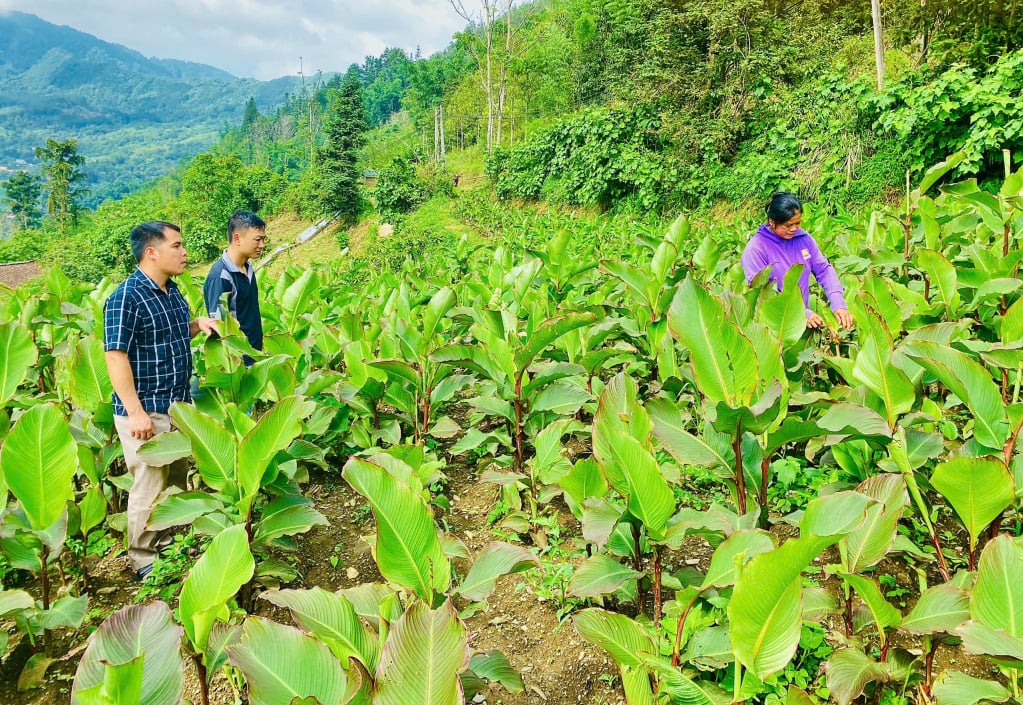
In fact, the application of the VietGAP standard tree planting model has brought positive results, increased productivity, quality, product value, clean products, safe for consumers' health and environmentally friendly production. However, the implementation of the VietGAP standard tree planting model in Nguyen Binh still faces difficulties. That is, production according to VietGAP standards requires large investments from the stage of selecting land, seeds, fertilizers, production support equipment to the stage of harvesting, preserving, and consuming products with strict processes leading to higher costs compared to planting trees according to traditional methods, while farmers in the planting area mainly produce on a small scale, household basis, so farmers are reluctant to invest. Although the product is certified by VietGAP and has traceability, when the product is sold on the market, consumers cannot recognize it by their senses, leading to VietGAP products having difficulty competing with similar products grown using traditional methods... "My family grows nearly 100 pear trees, yellow pear variety, on an area of 0.5 hectares, 30 trees have harvested nearly 1 ton of fruit each year, the pear product has been certified by VietGAP, but when sold, it still has to be sold at the price of traditionally grown products because buyers cannot identify which is a VietGAP product and which is a traditionally grown product, making growers following VietGAP standards hesitant and not interested in investing to expand the model" - said Mr. Le Quang Chien, Ban Nung hamlet, The Duc commune.
To continue developing and expanding the model of growing strong plants with potential for commodity production according to VietGAP standards, the Nguyen Binh district government continues to direct specialized sectors to coordinate with communes in growing areas to promote propaganda to raise farmers' awareness of the positive effects of production according to VietGAP standards. At the same time , strengthen training for farmers on knowledge and access to science and technology in growing according to VietGAP processes. There are mechanisms and policies to support resources for farmers and encourage businesses and cooperatives to join in association with farmers, build a safe agricultural value chain, stabilize output, expand markets, etc.
Developing an agricultural production model according to VietGAP standards in Nguyen Binh not only improves quality, increases the value of agricultural products, increases income, and improves people's livelihoods, but also opens up a direction for clean, safe, sustainable, and economically valuable agricultural development. This is also one of the important solutions contributing to the goal of restructuring agriculture associated with building new rural areas and developing commodity agricultural production set forth by the locality.
Source: https://baocaobang.vn/mo-huong-phat-trien-nong-nghiep-sach-an-toan-ben-vung-3177978.html








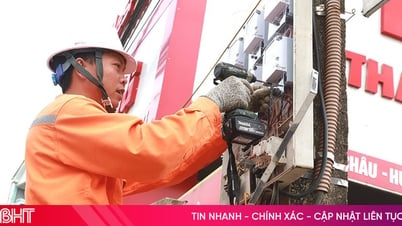

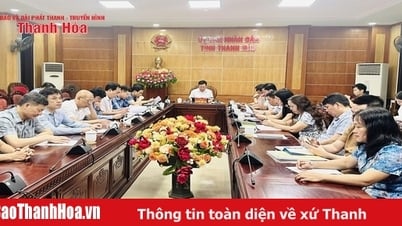



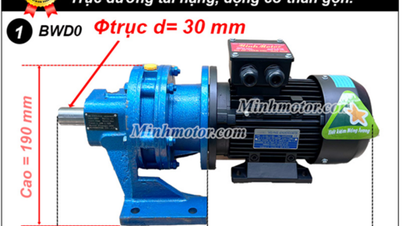









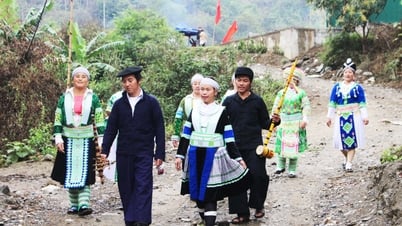
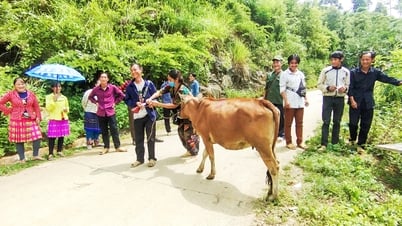
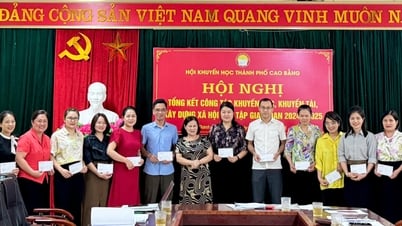

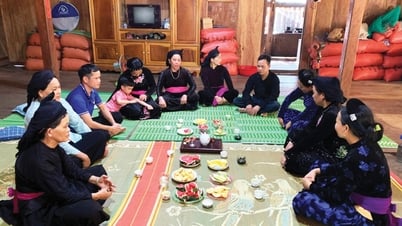
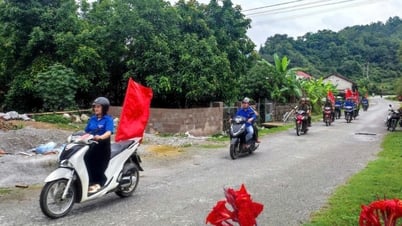



















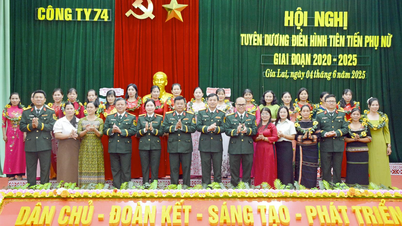









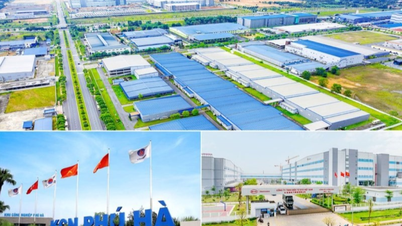






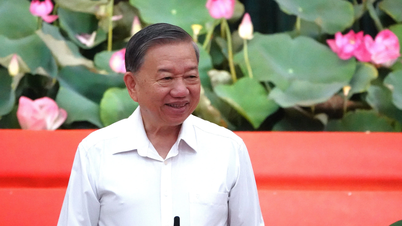

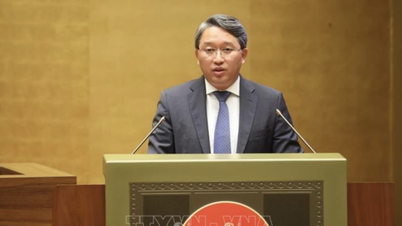






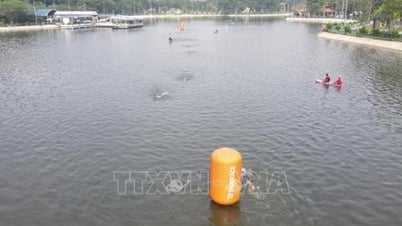

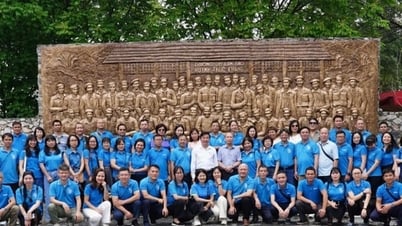




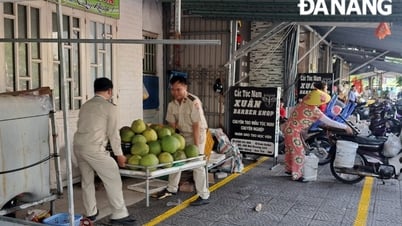

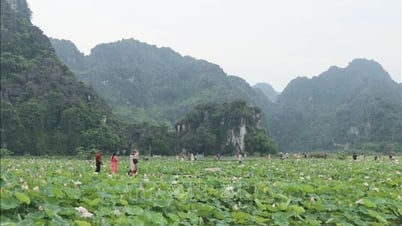

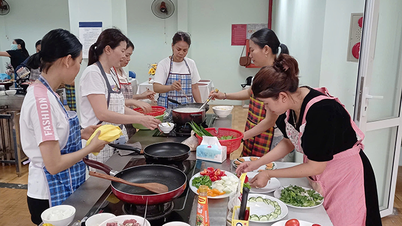











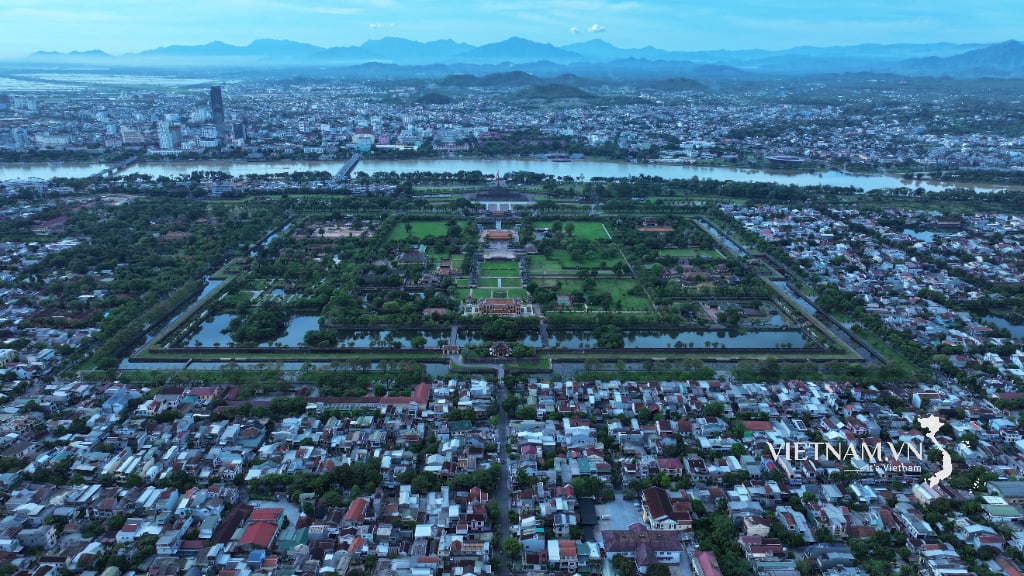


Comment (0)